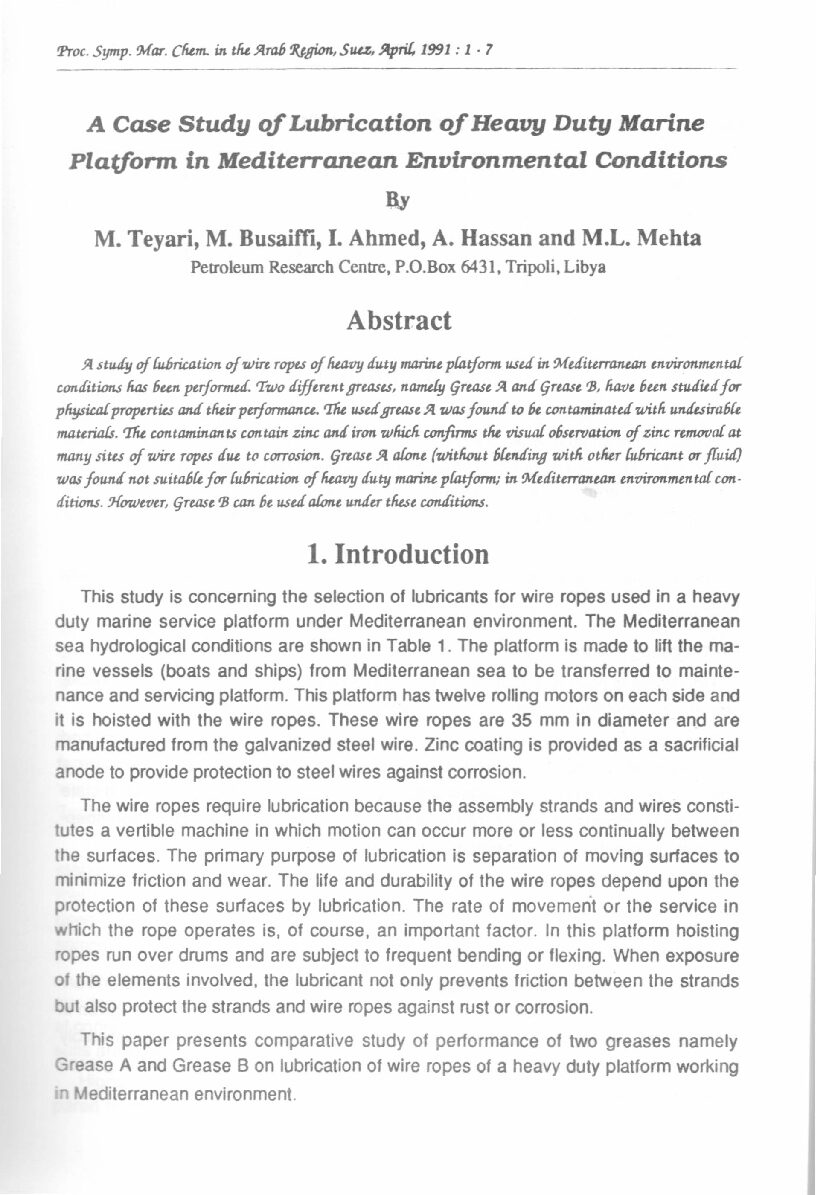Categories
vol-16CERTAIN ASPECTS OF THE HOST-PARASITE RELATIONSHIP OF
SYNOTONTID FISH FROM ALEXANDRIA SHORE.
HAMDIA H. RAMADAN, HELEN N. AWADALLA. AND AMAL I. KHALIL··
Department of Zoology, Girls’ college, Jeddah, Saudi Arabia. • Parasit Dept., Faculty of Medicin, Alex. Univ., Egypt. ** Zool. Dept., Faculty of Science, Tanta Univ., Egypt.
ABSTRACT
Some host-parasite relationships were studied in 287
specimens of Synodontid fish (135 Synodus saurus and 152
5aurida In:to~is) from Alexandria. Parasites of these
fishes were identified as nematode (Thynnascaris)
larvae, trematode (lecithochiriUII floridense) and cestode
(Pleurocercoid) larvae. Both fishes were heavily infected
with nematode larvae. Trematode and cestode infection was
higher in Synodus than in 5aurida fish. Prevalence of the
three species of parasites increases with increasing the
length of Synodus fish. In Saurida fish, this phenomenon
was only observed in cestode infection while in nematode
and trematode infections there was a steady increase
followed by a decrease in larger fishes. With the increase
of fish weight there was a corresponding increase in the
prevalence of alL parasites in both fishes except with
plerocercoid larvae where a decrease was observed in larger
Synodus. In Synodus fishes the prevalence of parasitic
infection in both sexes was the same, except for trematode
infection where males were slightly more infected than
females. In Saurida, females were more infected than males
with alL types of parasites. Mature Synodus and Saurida were
more infected than immature fishes in case of all parasites
except with trematode infection where the contrary was
observed in Synodus fish. Total parasitic infection in
Synodus fish was high allover the year, while in case of
Saurida fish, spring and summer appeared to be the two
seasons of high prevalence of infection. Fluctuation of each
parasitic infection in both fishes showed no regular
pattern. The previous results were fully discussed.







